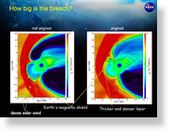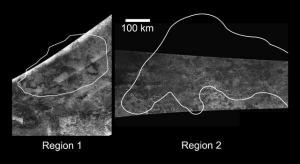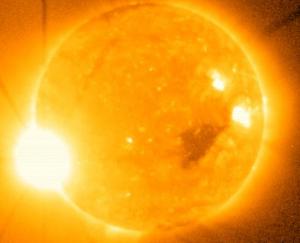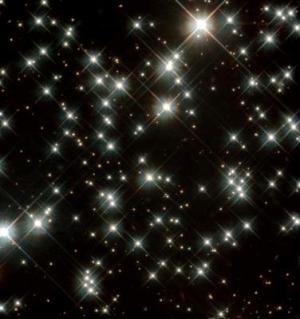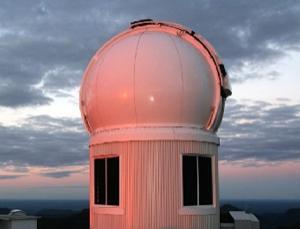
© ANUThe first digital survey of the southern sky, which includes the Milky Way's centre, is set to begin as early as April 2009.
Celestial cartographers will soon sail into uncharted territory: the southern sky. The first digital map of the sky south of the equator could reveal renegade stars and new dwarf galaxies in orbit around the Milky Way.
The northern sky has been mapped in unprecedented detail by the Sloan Digital Sky Survey, whose telescope is based in Sunspot, New Mexico.
In its first eight years, Sloan plotted the positions of about a million galaxies over more than a quarter of the northern sky. It is now observing more distant galaxies in an effort to study dark energy's effect on the universe over time.
Now, a project called SkyMapper will survey the southern sky, including the Milky Way's crowded centre, from its perch on Siding Spring Mountain in southeastern Australia.
Over five years, astronomers plan to use SkyMapper's 1.35-metre telescope and 268-Megapixel camera to map the sky six times, each time in six different colours. The survey may begin as early as April 2009.
